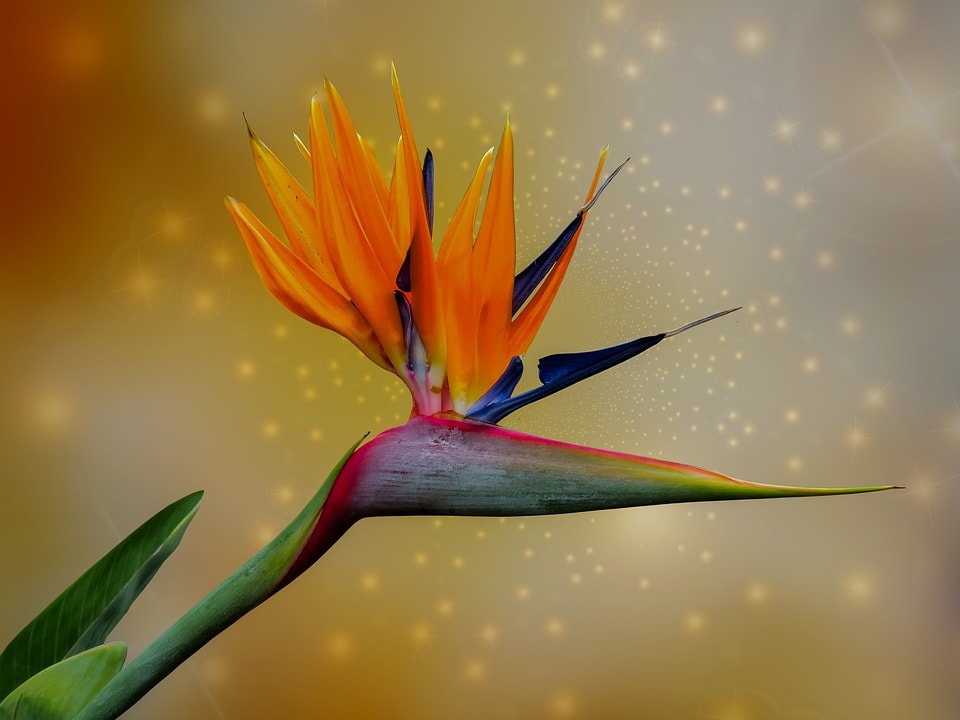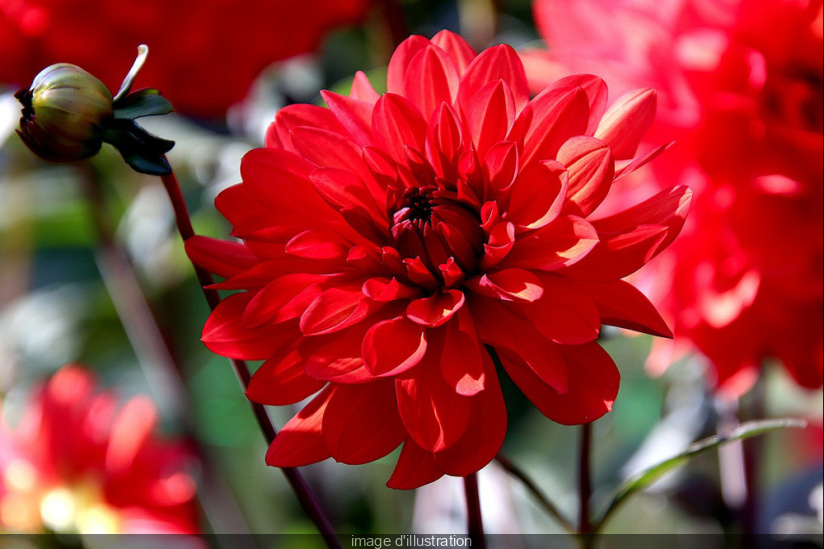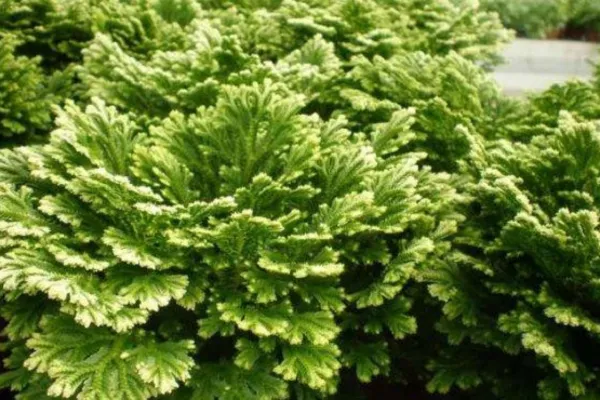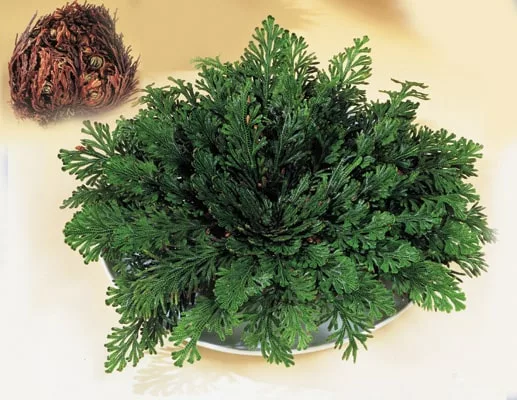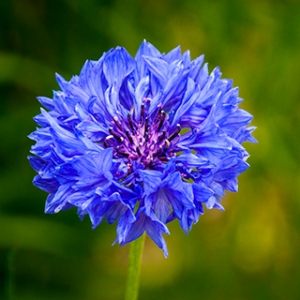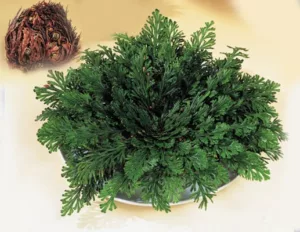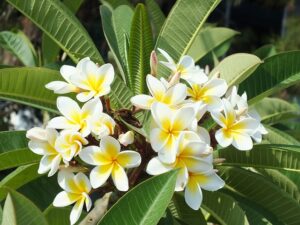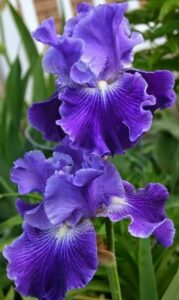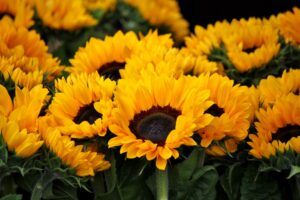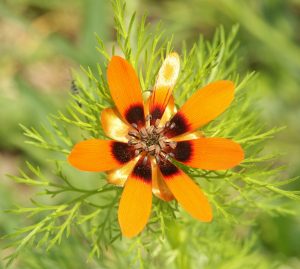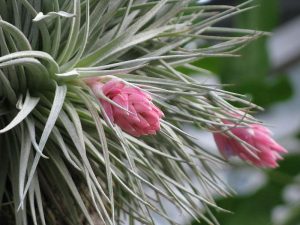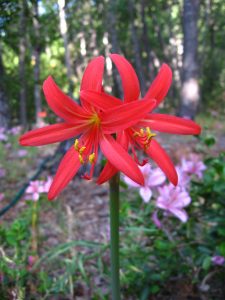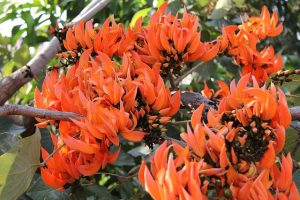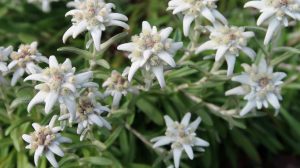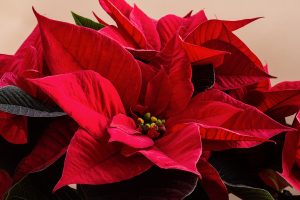The Bird of Paradise: an exotic and beautiful flower. Characteristics, care and reproduction
Nothing more beautiful than contemplating the wonders of nature, which always amazes us with the most beautiful shapes and colors. Today we will talk about a flower that has a peculiar resemblance to a bird, hence its common name: Bird of paradise.
Bird of paradise
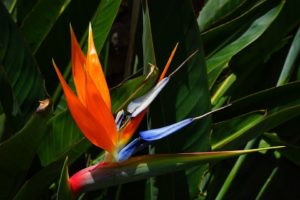
Origin
The Bird of Paradise plant is native to South Africa, and is grown in tropical and subtropical regions. It is from the Strelitziaceae family. Its scientific name is Strelitzia reginae. This name was dedicated to Queen Charlotte of Mecklenburg-Strelitz, wife of King George III of England. She died in 1818 and was fond of botany. Reginae completes the name of this plant, from the Latin reginae = “of the queen“.
Characteristics
The stems of this plant can reach up to 1 meter, and at its end there is a lanceolate leaf about 40-50cm in length. It also has a very marked central nerve and visible secondary ones. The leaves of this plant are large and resistant to air. Its color is grayish green with an oval shape with a median venation and crepe on one of its margins. Each one of the stems can have up to six flowers, formed by sepals of orange yellow color and of three petals of intense blue color.
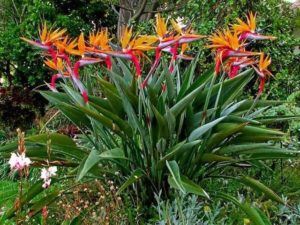
The diameter of the plant is approximately 1.8 meters. Its flowers are hermaphroditic and asymmetrical. These open in the form of a fan and often take a form similar to that of an exotic or tropical bird. The bird of paradise has a very sweet nectar that attracts birds, thus pollinating its flowers. In addition, its flowering period is from spring to the end of summer.
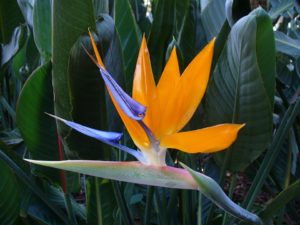
Attendance
The bird of paradise needs for its normal development and adequate flowering of moderate watering and normal humidity. This plant should be exposed to direct sunlight between 4 and 5 hours a day. Its flowers have very bright and striking colors, which highlight and embellish any part of the garden where you are.
Reproduction
Birds of paradise multiply through seeds or by division. Its time of planting or transplant is in the spring. If you decide to seed them by seeds, put them directly in a seedbed with peat and pearlite in equal parts.
Pests and diseases
The Bird of Paradise plant is very sensitive to the attack of Cochineals and aphids. It is also affected by root rot, caused by the fungus Fusarium moliniforme, due to being in land with high humidity.
To learn how to eliminate these pests you can visit our article about them.
Types of pests: Cochineals, aphids, whitefly, trips and red spider
Undoubtedly the plants of Bird of paradise are perfect to have them in our garden or terrace, or simply, near the heart.
Remember to like and share on your social networks if you liked this article. Leave us your comments here.
![]()
Information sources:
- http://www.bhg.com/gardening/plant-dictionary/perennial/bird-of-paradise/
- http://www.thegardenhelper.com/birdofparadise.htm
- http://www.thegardenhelper.com/birdofparadise.htm
- https://www.hogarmania.com/jardineria/mantenimiento/jardin/200909/paraiso-5101.html
Share this content:
